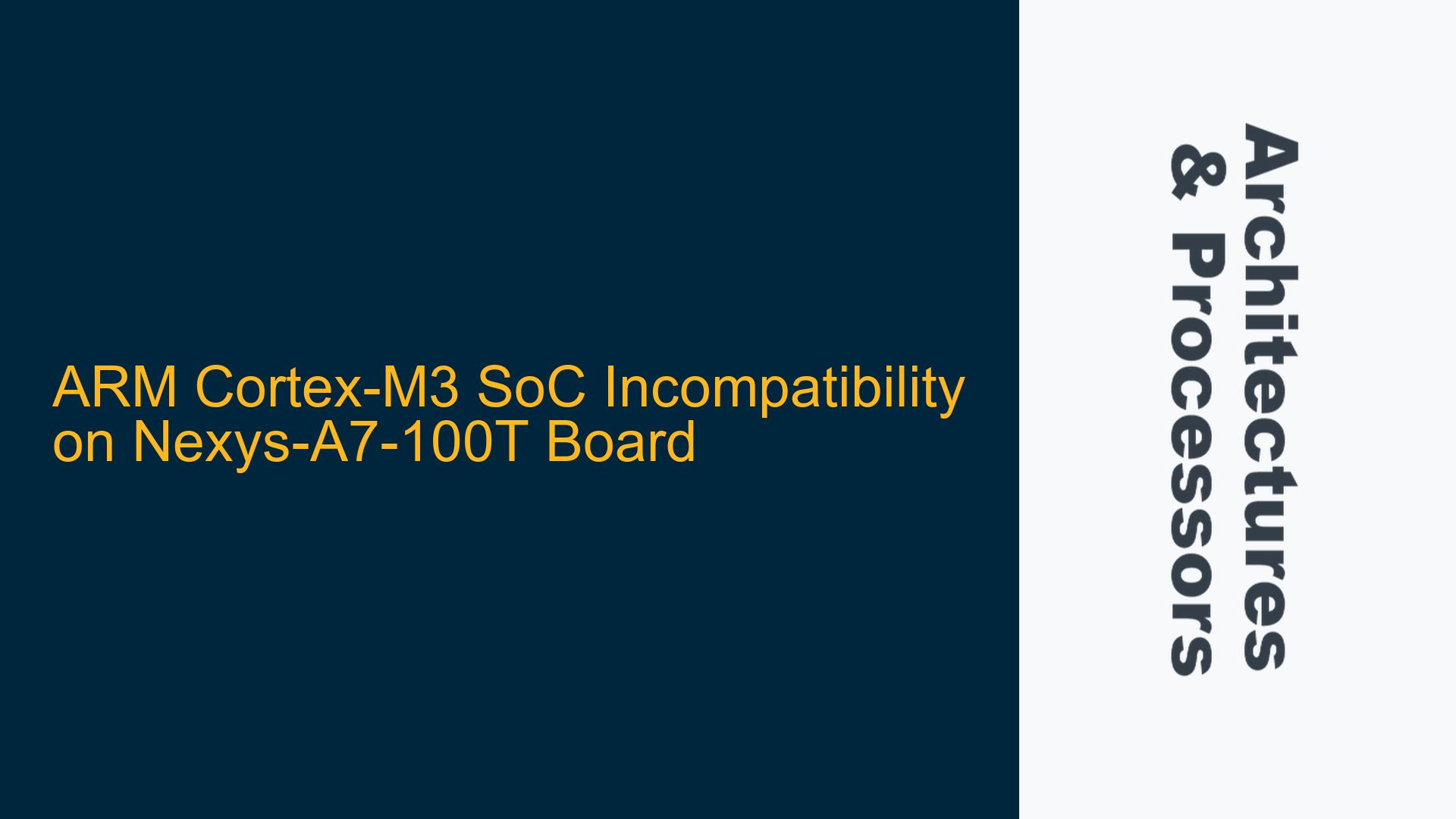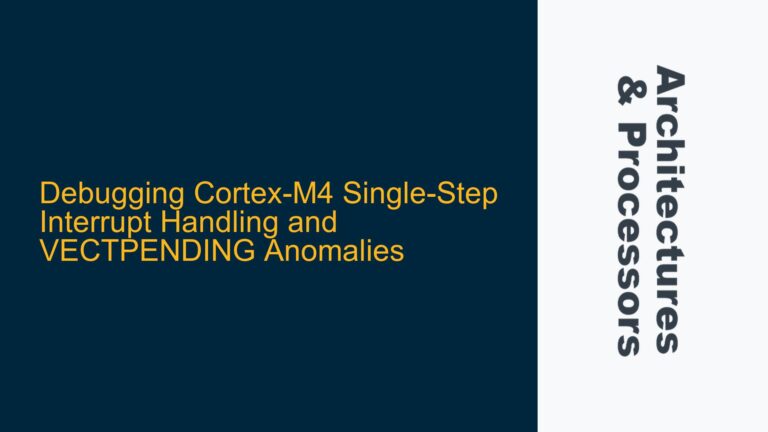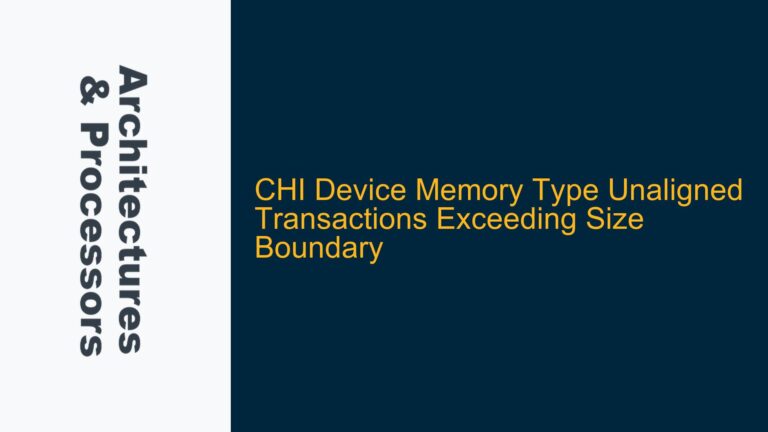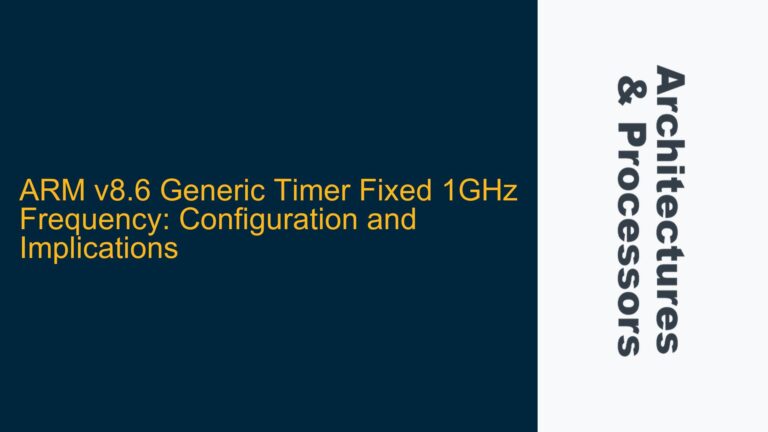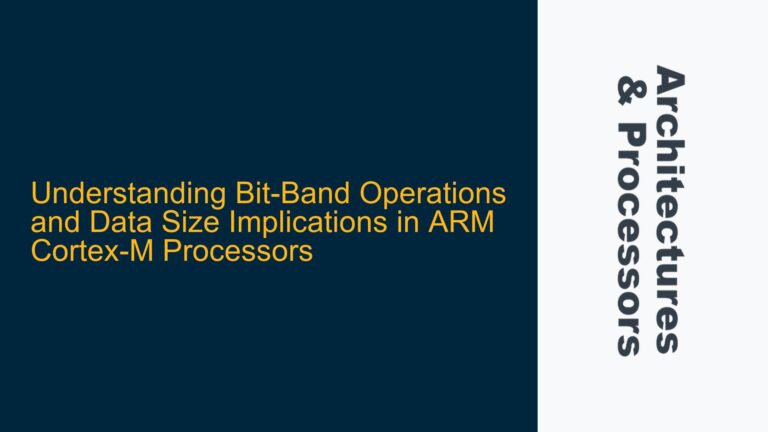Cortex-M3 SoC and Nexys-A7-100T Board Compatibility Issues
The core issue revolves around the incompatibility error encountered when attempting to download an ARM Cortex-M3 SoC (System on Chip) design onto a Nexys-A7-100T FPGA board. Despite modifying the board configuration file to specify the Artix-7 100T FPGA (the same family as the Nexys-A7-100T), the system continues to flag the design as incompatible. This suggests a fundamental mismatch between the Cortex-M3 SoC design and the Nexys-A7-100T board’s hardware capabilities or configuration.
The Nexys-A7-100T is a development board featuring the Xilinx Artix-7 100T FPGA, which is designed to support a wide range of embedded systems, including ARM-based processors. However, the Cortex-M3 SoC design being deployed may have specific requirements or constraints that are not fully aligned with the Nexys-A7-100T’s hardware resources or configuration settings. This misalignment could stem from differences in clocking, memory mapping, peripheral interfaces, or FPGA resource utilization.
To fully understand the issue, it is essential to break down the Cortex-M3 SoC design and the Nexys-A7-100T board’s capabilities. The Cortex-M3 is a 32-bit RISC processor core designed for embedded applications, featuring a Harvard architecture, a three-stage pipeline, and a memory protection unit (MPU). When implemented on an FPGA, the Cortex-M3 requires specific resources such as block RAM for memory, DSP slices for arithmetic operations, and sufficient logic cells for the processor core and peripherals. The Nexys-A7-100T, with its Artix-7 100T FPGA, provides a robust platform for such designs but may have limitations in terms of resource availability or configuration flexibility.
The incompatibility error likely arises from one or more of the following factors: incorrect board configuration settings, insufficient FPGA resources for the Cortex-M3 SoC design, mismatched clocking or reset configurations, or unsupported peripheral interfaces. Each of these factors can prevent the successful deployment of the Cortex-M3 SoC onto the Nexys-A7-100T board, resulting in the observed incompatibility error.
Incorrect Board Configuration and Resource Mismatch
One of the primary causes of the incompatibility error is an incorrect or incomplete board configuration. The Nexys-A7-100T board’s configuration file must accurately reflect the hardware resources and constraints of the Artix-7 100T FPGA. If the configuration file does not specify the correct FPGA model or fails to account for the board’s specific resource limitations, the Cortex-M3 SoC design may not map correctly onto the FPGA, leading to the incompatibility error.
Another potential cause is a resource mismatch between the Cortex-M3 SoC design and the Nexys-A7-100T board. The Cortex-M3 SoC design may require more block RAM, DSP slices, or logic cells than are available on the Artix-7 100T FPGA. This resource mismatch can occur if the Cortex-M3 SoC design includes extensive peripherals, custom logic, or large memory arrays that exceed the FPGA’s capacity. Additionally, the Cortex-M3 SoC design may utilize features or configurations that are not supported by the Nexys-A7-100T board, such as specific clocking schemes or peripheral interfaces.
Clocking and reset configurations are also critical factors that can contribute to the incompatibility error. The Cortex-M3 SoC design may require specific clock frequencies or reset sequences that are not supported by the Nexys-A7-100T board’s clocking infrastructure. For example, the Cortex-M3 SoC design may rely on a high-speed external oscillator or a specific reset signal timing that the Nexys-A7-100T board cannot provide. Similarly, the Cortex-M3 SoC design may include peripheral interfaces, such as Ethernet or USB, that are not supported by the Nexys-A7-100T board’s hardware.
Finally, the incompatibility error may stem from software or toolchain issues. The toolchain used to synthesize and deploy the Cortex-M3 SoC design onto the Nexys-A7-100T board may have bugs or limitations that prevent the successful deployment of the design. Additionally, the software drivers or firmware associated with the Cortex-M3 SoC design may not be fully compatible with the Nexys-A7-100T board’s hardware, leading to runtime errors or instability.
Verifying Board Configuration and Resource Utilization
To resolve the incompatibility error, the first step is to verify the board configuration file for the Nexys-A7-100T. Ensure that the configuration file accurately specifies the Artix-7 100T FPGA and includes all necessary settings for the Cortex-M3 SoC design. This includes checking the clocking, reset, and peripheral interface configurations to ensure they align with the Cortex-M3 SoC design’s requirements. If the configuration file is incomplete or incorrect, update it to reflect the correct settings and reattempt the deployment.
Next, analyze the resource utilization of the Cortex-M3 SoC design to ensure it does not exceed the Nexys-A7-100T board’s capabilities. Use the FPGA synthesis and implementation tools to generate a detailed resource utilization report, which will show the number of block RAMs, DSP slices, and logic cells used by the Cortex-M3 SoC design. Compare these values to the available resources on the Artix-7 100T FPGA. If the Cortex-M3 SoC design exceeds the FPGA’s capacity, consider optimizing the design by reducing the number of peripherals, custom logic, or memory arrays. Alternatively, explore the possibility of using a larger FPGA or a different development board with more resources.
If the resource utilization is within the Nexys-A7-100T board’s limits, the next step is to verify the clocking and reset configurations. Ensure that the Cortex-M3 SoC design’s clocking requirements, such as the clock frequency and source, are supported by the Nexys-A7-100T board. Similarly, verify that the reset sequence and timing align with the board’s capabilities. If the clocking or reset configurations are not supported, modify the Cortex-M3 SoC design to use compatible settings or consider using an external clock or reset source.
Finally, investigate the software and toolchain used to synthesize and deploy the Cortex-M3 SoC design. Ensure that the toolchain is up to date and compatible with the Nexys-A7-100T board. If the toolchain has known bugs or limitations, consider using an alternative toolchain or applying patches or workarounds. Additionally, verify that the software drivers and firmware associated with the Cortex-M3 SoC design are compatible with the Nexys-A7-100T board’s hardware. If necessary, update the drivers or firmware to ensure compatibility.
By systematically verifying the board configuration, resource utilization, clocking and reset configurations, and software and toolchain compatibility, it is possible to resolve the incompatibility error and successfully deploy the Cortex-M3 SoC design onto the Nexys-A7-100T board. This process requires careful attention to detail and a thorough understanding of both the Cortex-M3 SoC design and the Nexys-A7-100T board’s capabilities. With the correct approach, the Cortex-M3 SoC design can be successfully implemented on the Nexys-A7-100T board, enabling the development of robust and efficient embedded systems.
